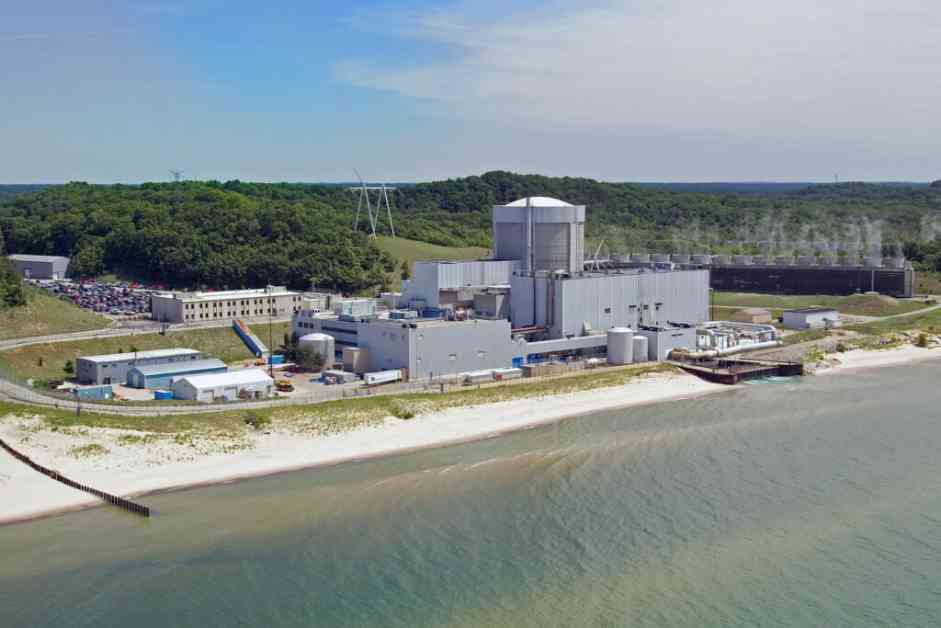Michigan’s Palisades Nuclear Generating Station is on the brink of becoming the first nuclear power plant in the United States to reopen. This potential revival comes after the plant ceased operations in 2022, with its decommissioning plans now diverted by a $1.5 billion loan from the U.S. Department of Energy. The recent release of a draft environmental assessment by the federal Nuclear Regulatory Commission suggests that the plant’s reopening would not significantly impact the local environment, using its current decommissioned state as the baseline for evaluation.
Environmental Concerns Spark Debate
Located along the picturesque shores of Lake Michigan, the Palisades Nuclear Generating Station has been a fixture since its completion in 1971. Spanning 432 acres and nestled amidst wooded sand dunes, wetland habitats, and Van Buren State Park, the plant’s potential reopening has sparked intense debate among local residents and environmental activists. A coalition of concerned parties, including Beyond Nuclear, Don’t Waste Michigan, and Michigan Safe Energy Future, is advocating for a more comprehensive environmental review, urging the necessity of an environmental impact statement over a mere environmental assessment.
During a recent pre-hearing session, these groups challenged the NRC’s determination that further environmental analysis was unnecessary. Wallace Taylor, legal counsel for the petitioning organizations, criticized the NRC’s decision, emphasizing the importance of a thorough environmental impact statement to address potential ecological risks adequately. Despite these concerns, Michigan Governor Gretchen Whitmer has voiced support for Palisades’ revival, citing its crucial role in fulfilling the state’s clean energy commitments.
Renewable Energy vs. Nuclear Power
Michigan’s ambitious climate legislation mandates that electric providers supply at least 80% clean energy by 2035 and 100% by 2040, with nuclear energy included in this definition. The potential restoration of Palisades would contribute 800 megawatts of electricity to Michigan’s grid, sufficient to power 800,000 homes. Dan Scripps, chair of the Michigan Public Service Commission, views Palisades as a key component in achieving these legislative targets, emphasizing the plant’s significance in reducing carbon emissions and meeting growing energy demands.
However, not all residents and environmental advocates share this enthusiasm for nuclear power. Some argue that the state should prioritize renewable energy sources like solar and wind, citing concerns over the long-term impact of nuclear waste and the potential hazards posed by radioactive materials. Jan O’Connell, a senior energy issues organizer at the Michigan Chapter of the Sierra Club, advocates for a shift towards cleaner and more sustainable energy alternatives, emphasizing the fiscal responsibility of investing in renewable technologies over reviving outdated and potentially hazardous nuclear facilities.
While federal incentives and bipartisan support have bolstered the case for nuclear energy, questions remain about the long-term viability and environmental implications of such projects. The NRC’s impending decision on Palisades’ fate, expected between May and July, will play a pivotal role in shaping Michigan’s energy landscape. As stakeholders continue to weigh the pros and cons of nuclear power versus renewable energy, the debate over Palisades’ future underscores the complex interplay between energy policy, environmental sustainability, and economic development.














